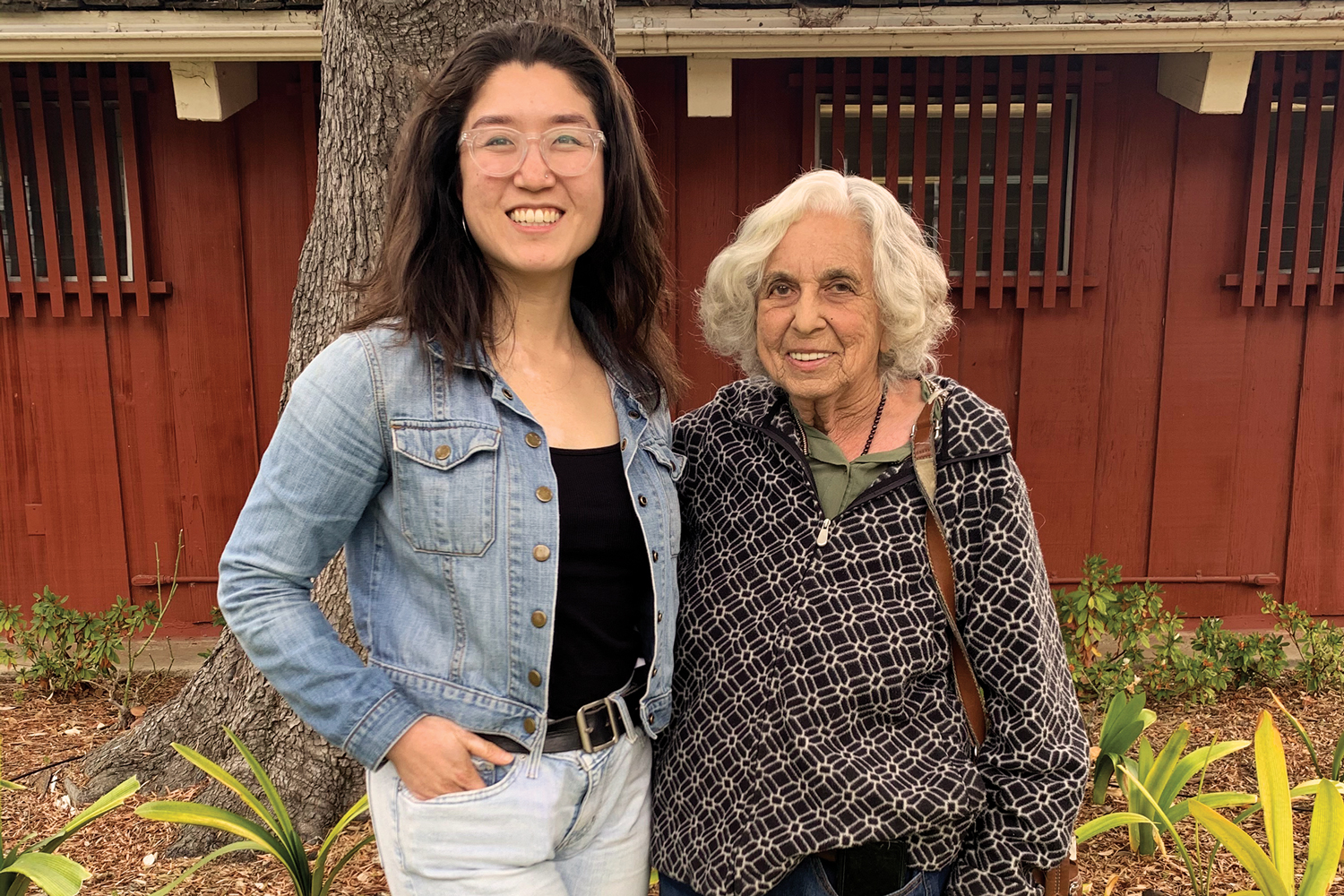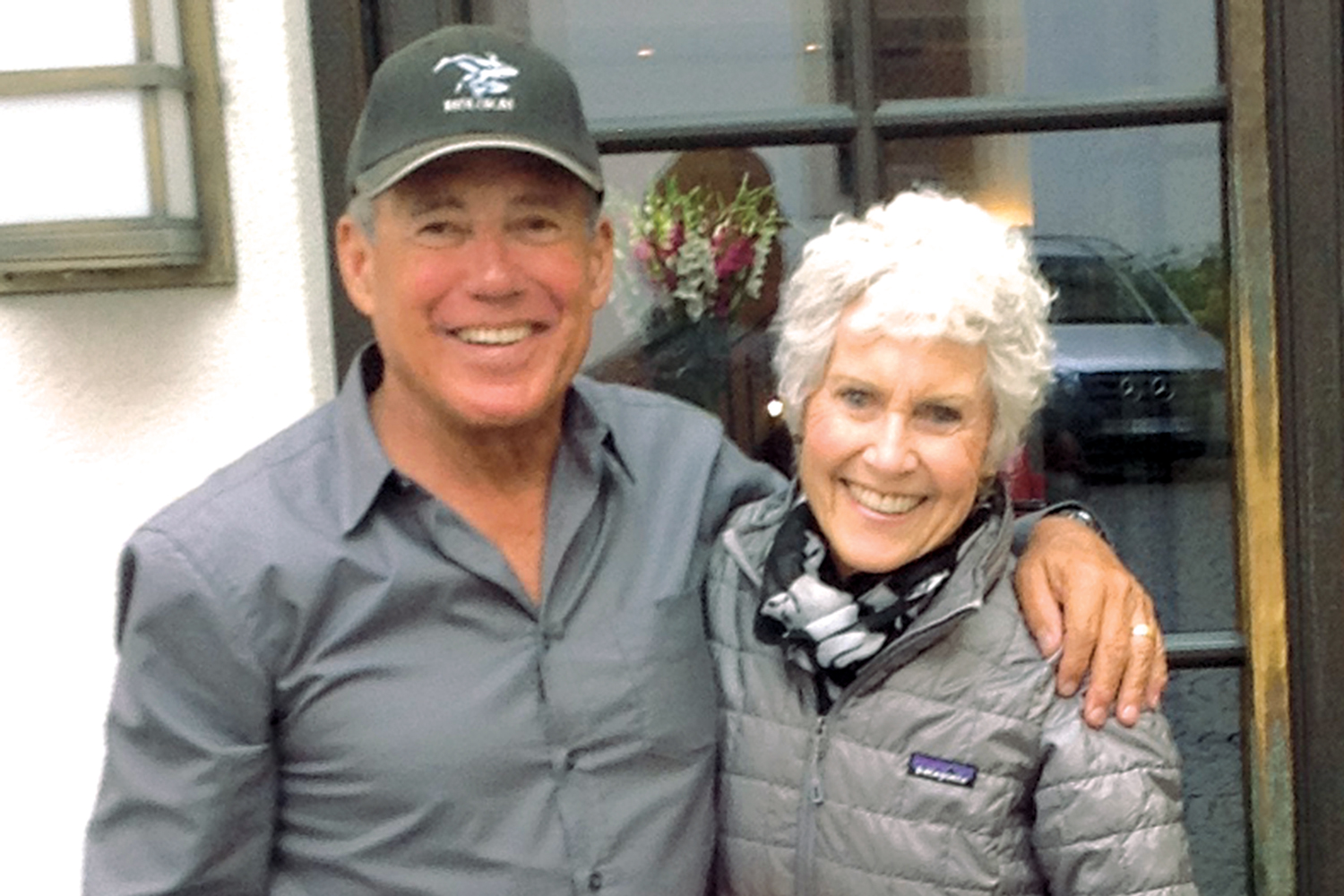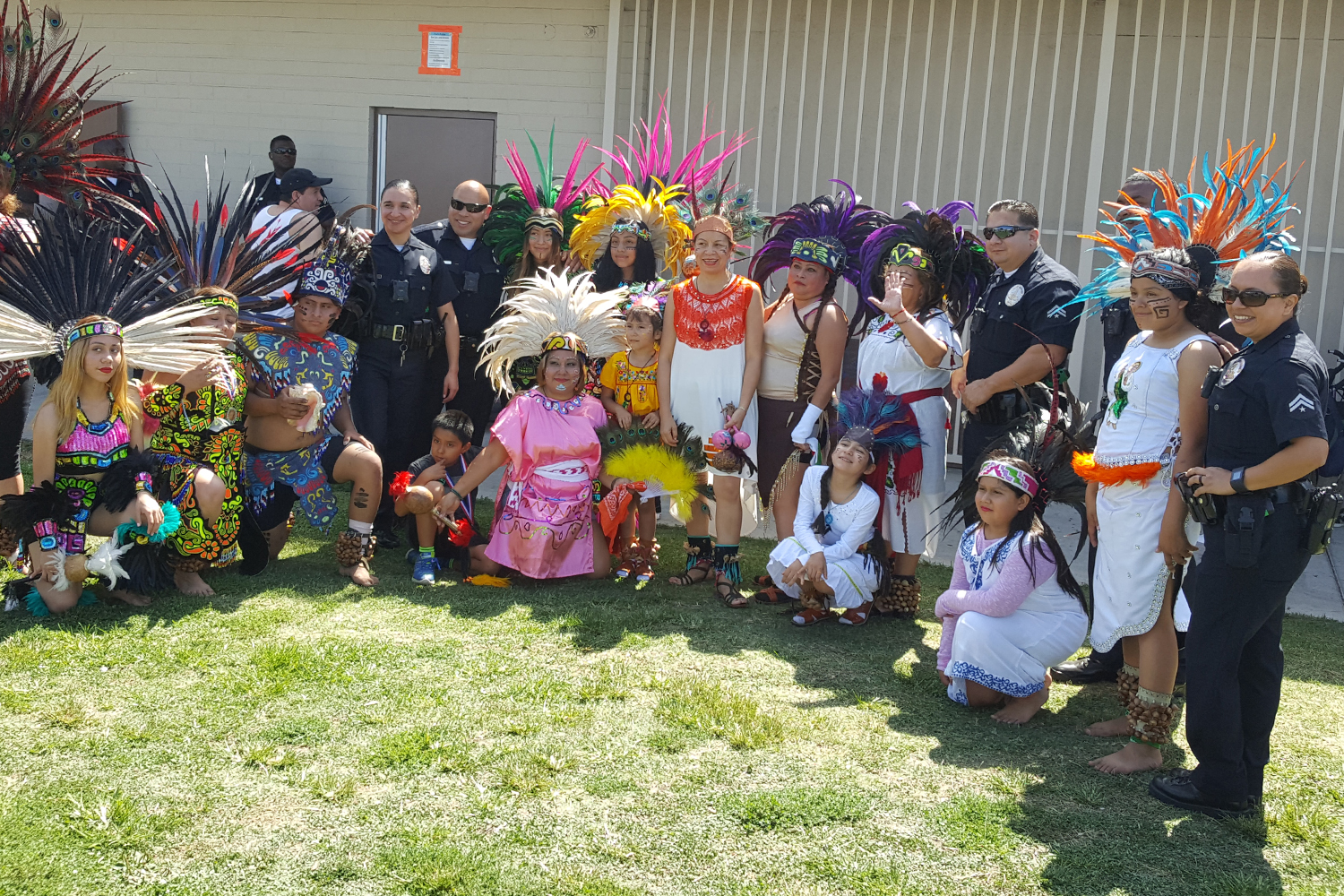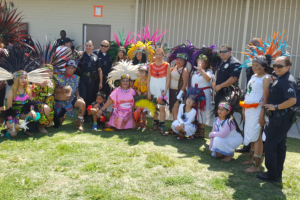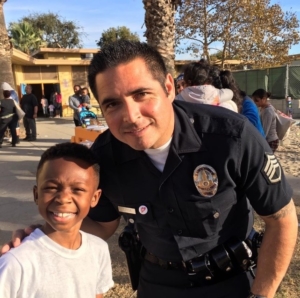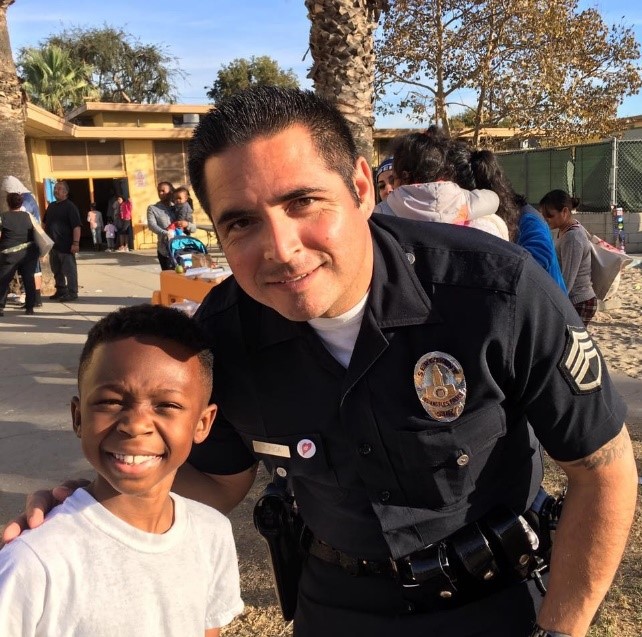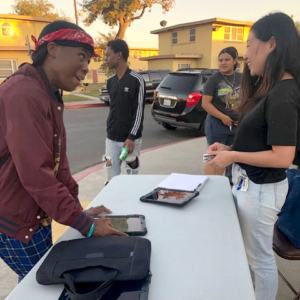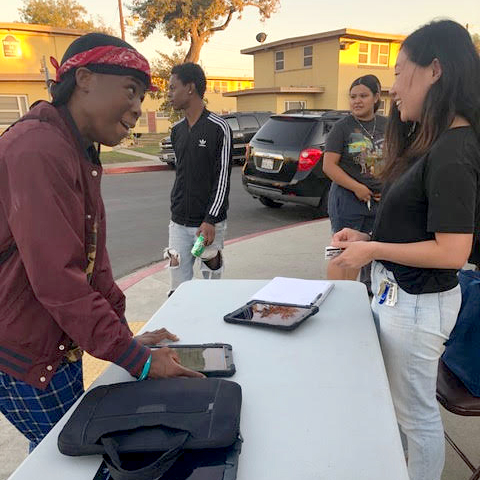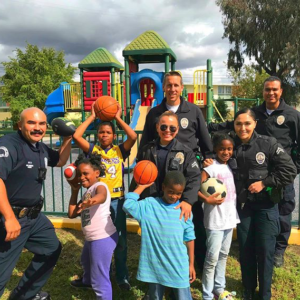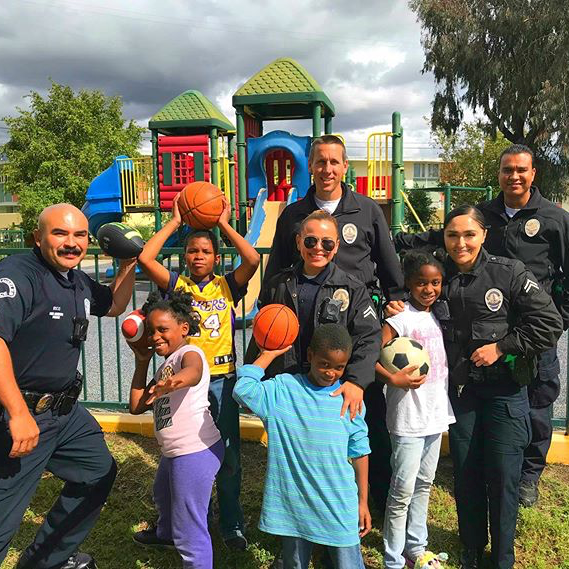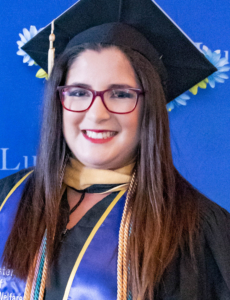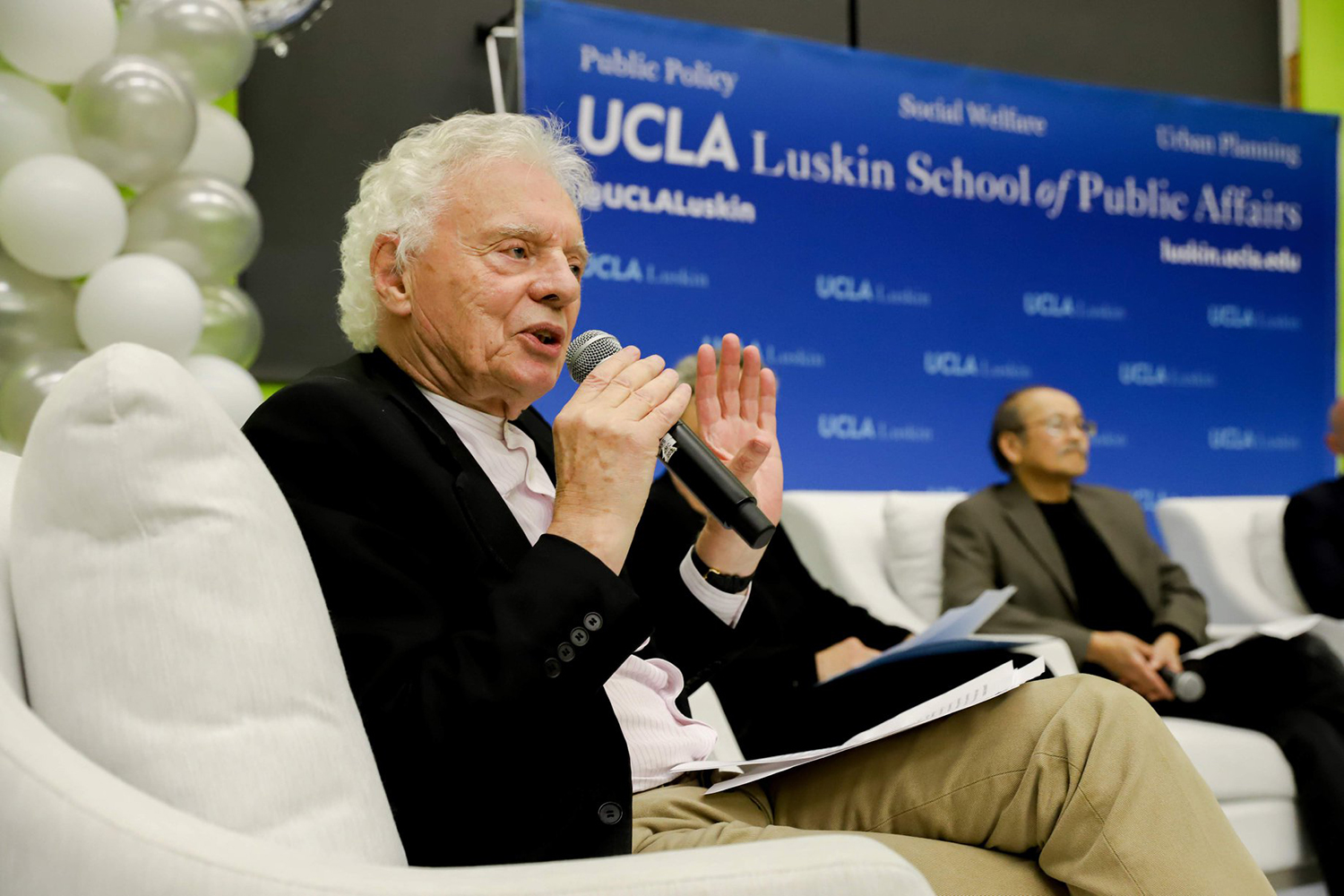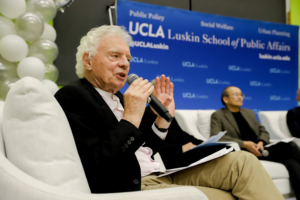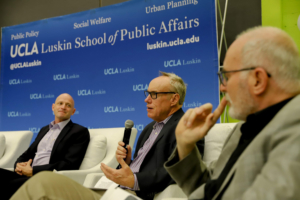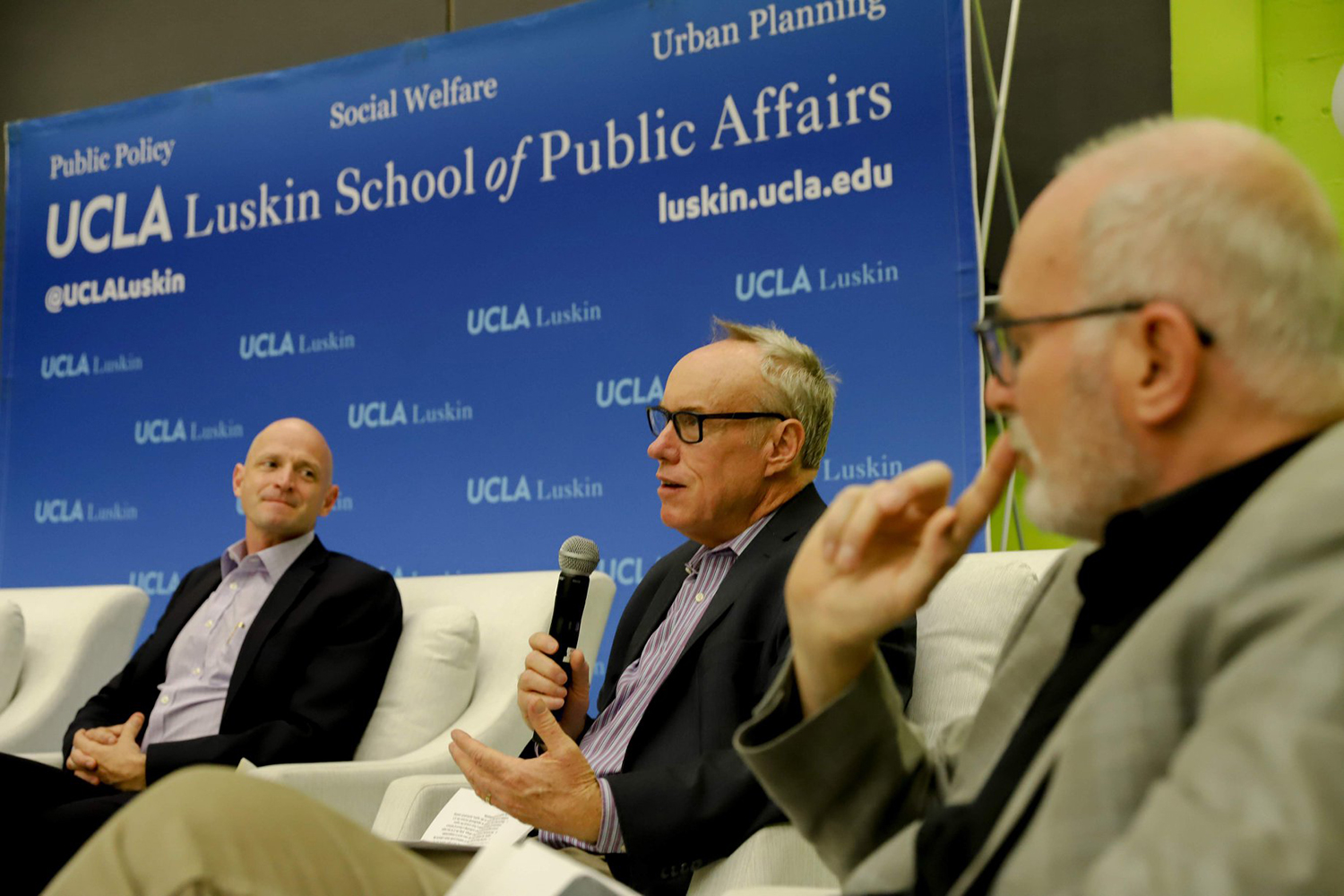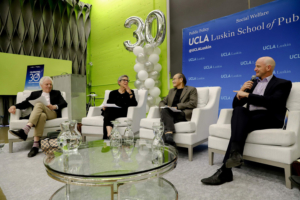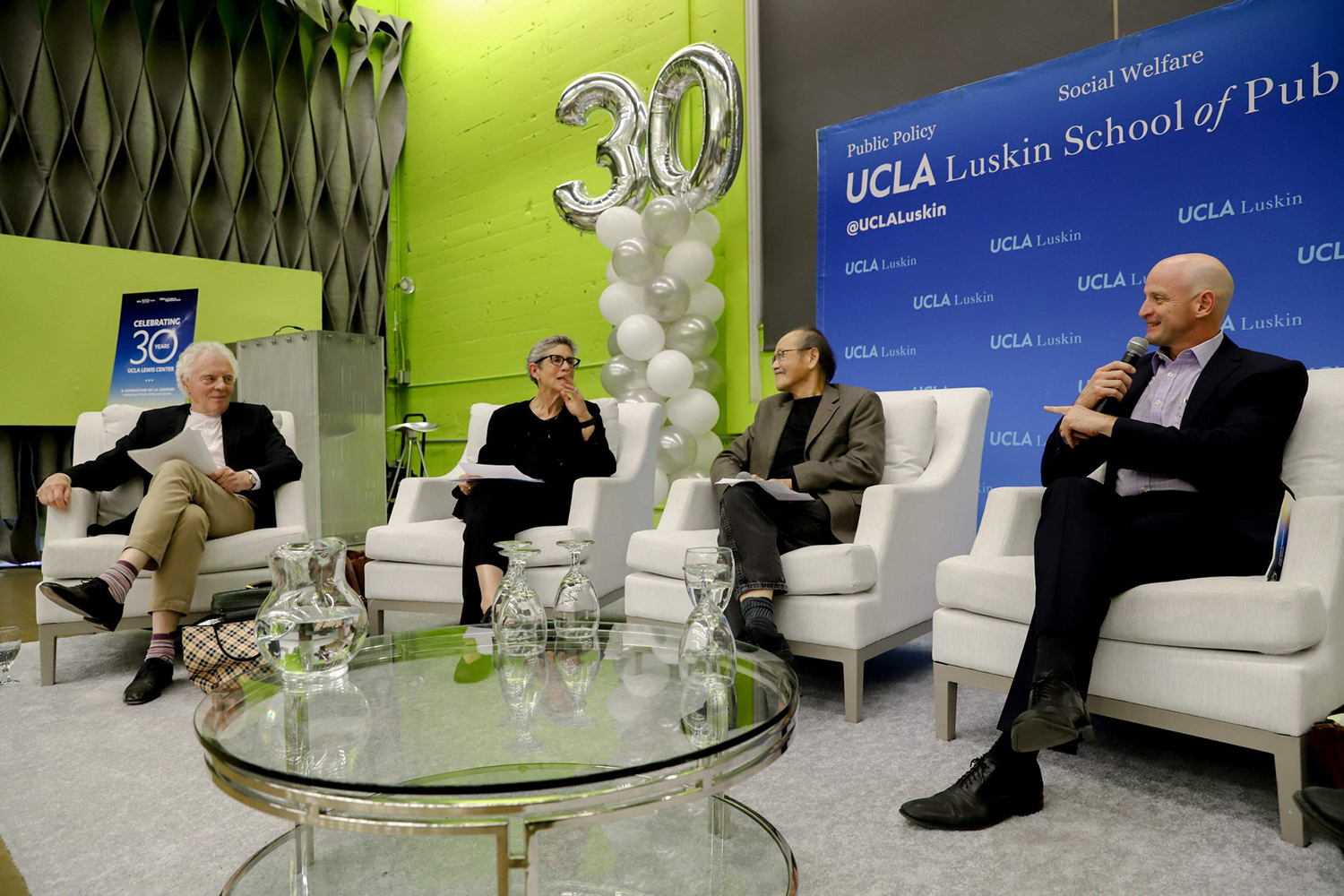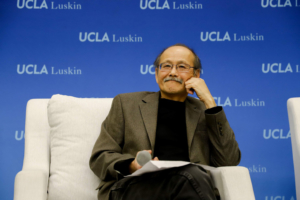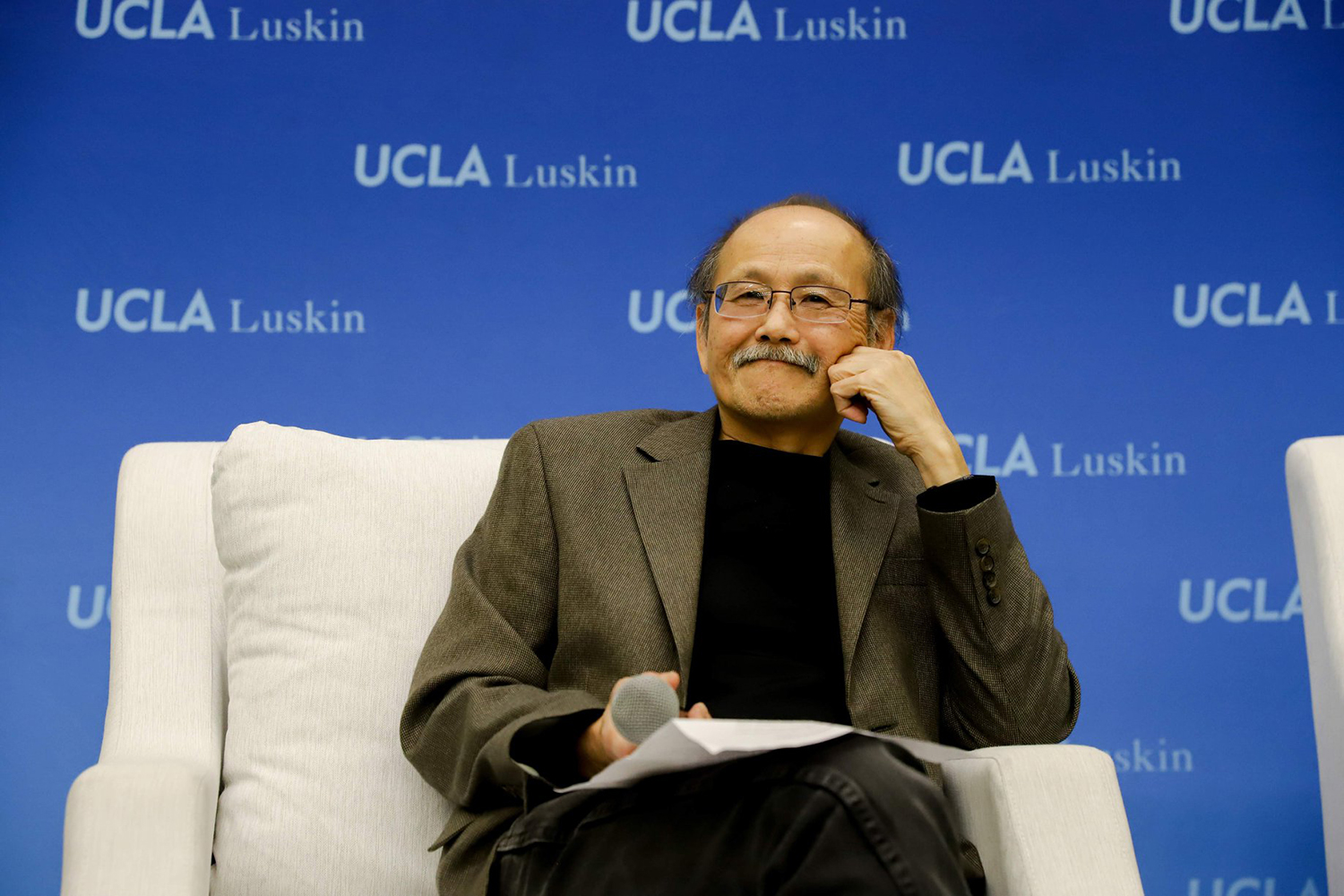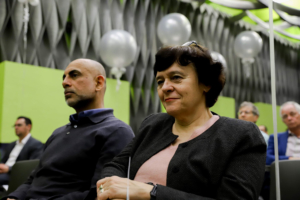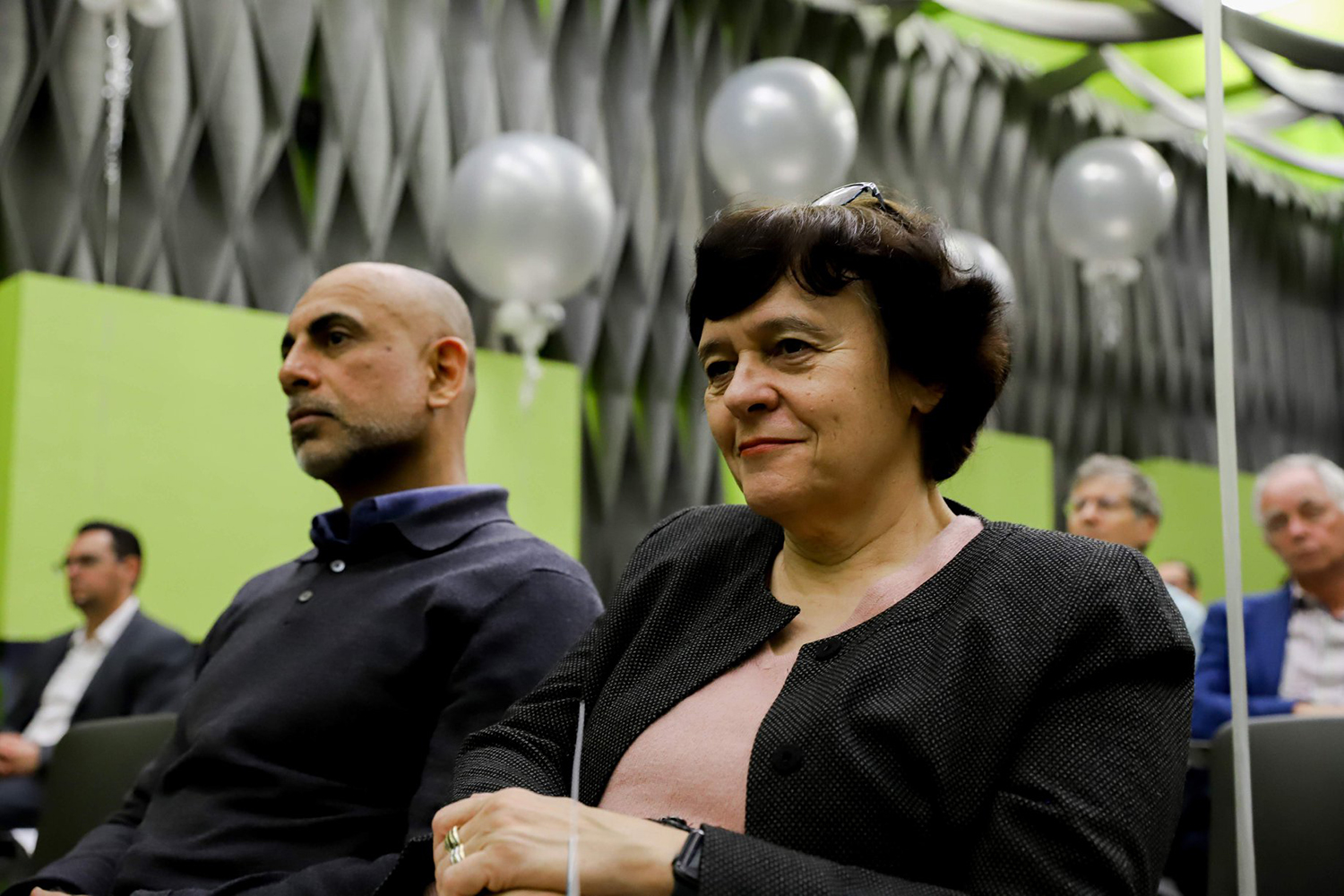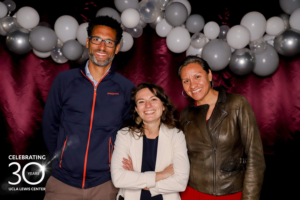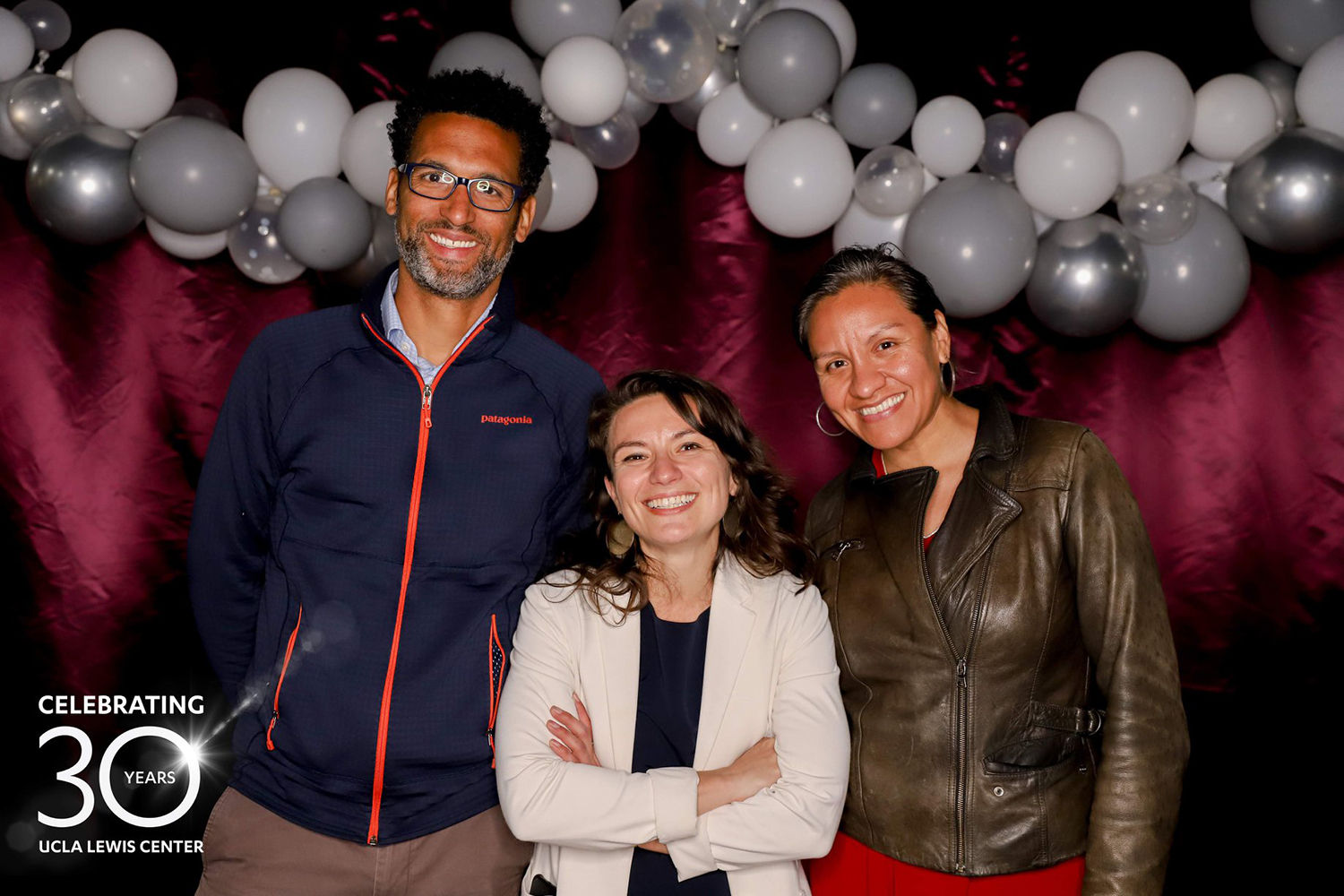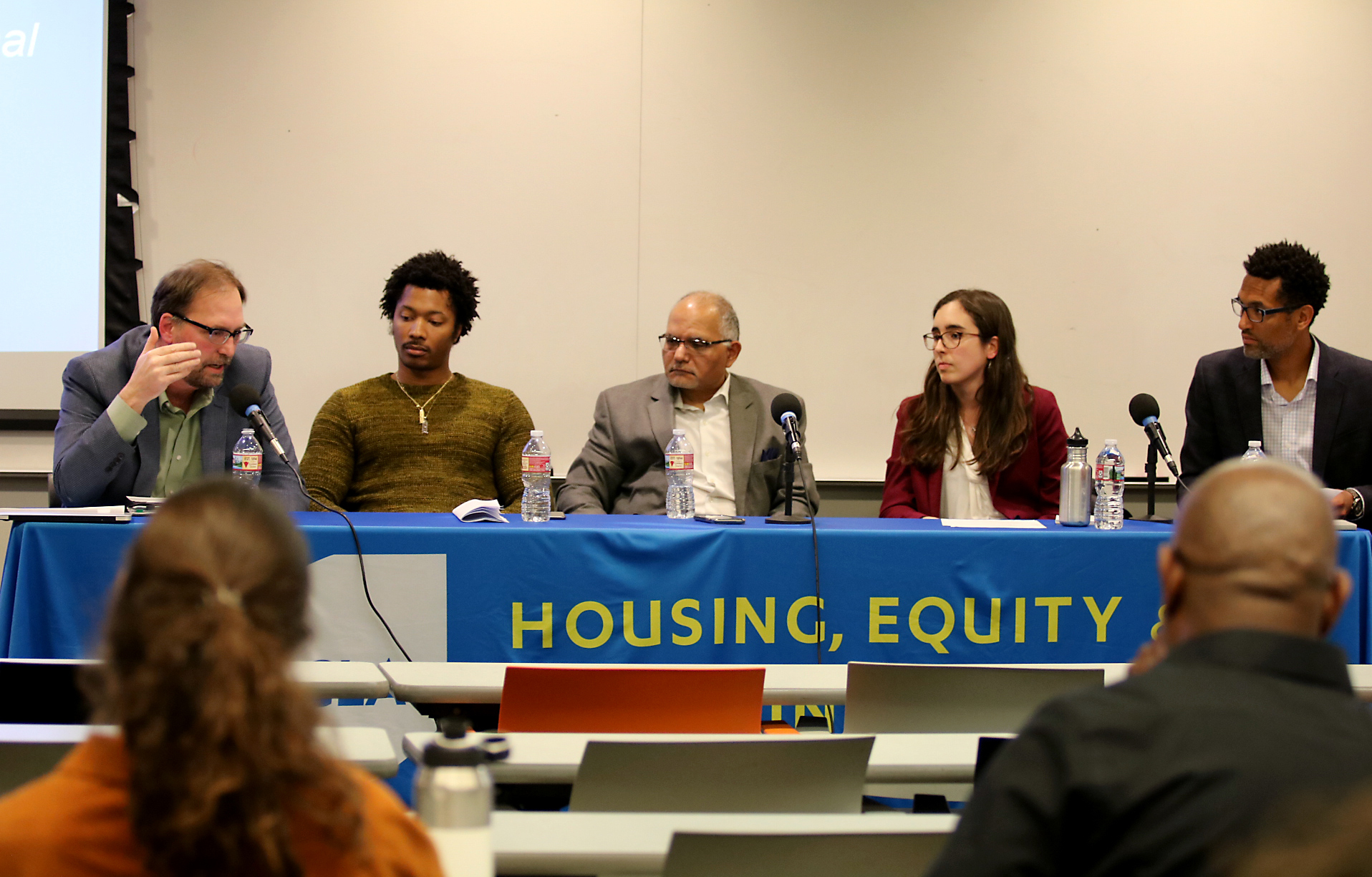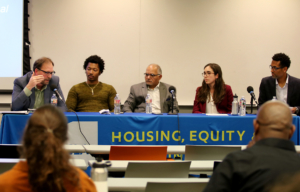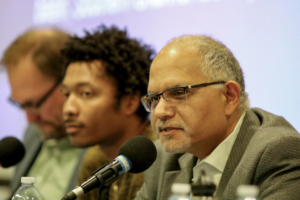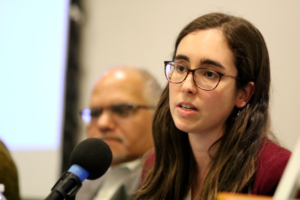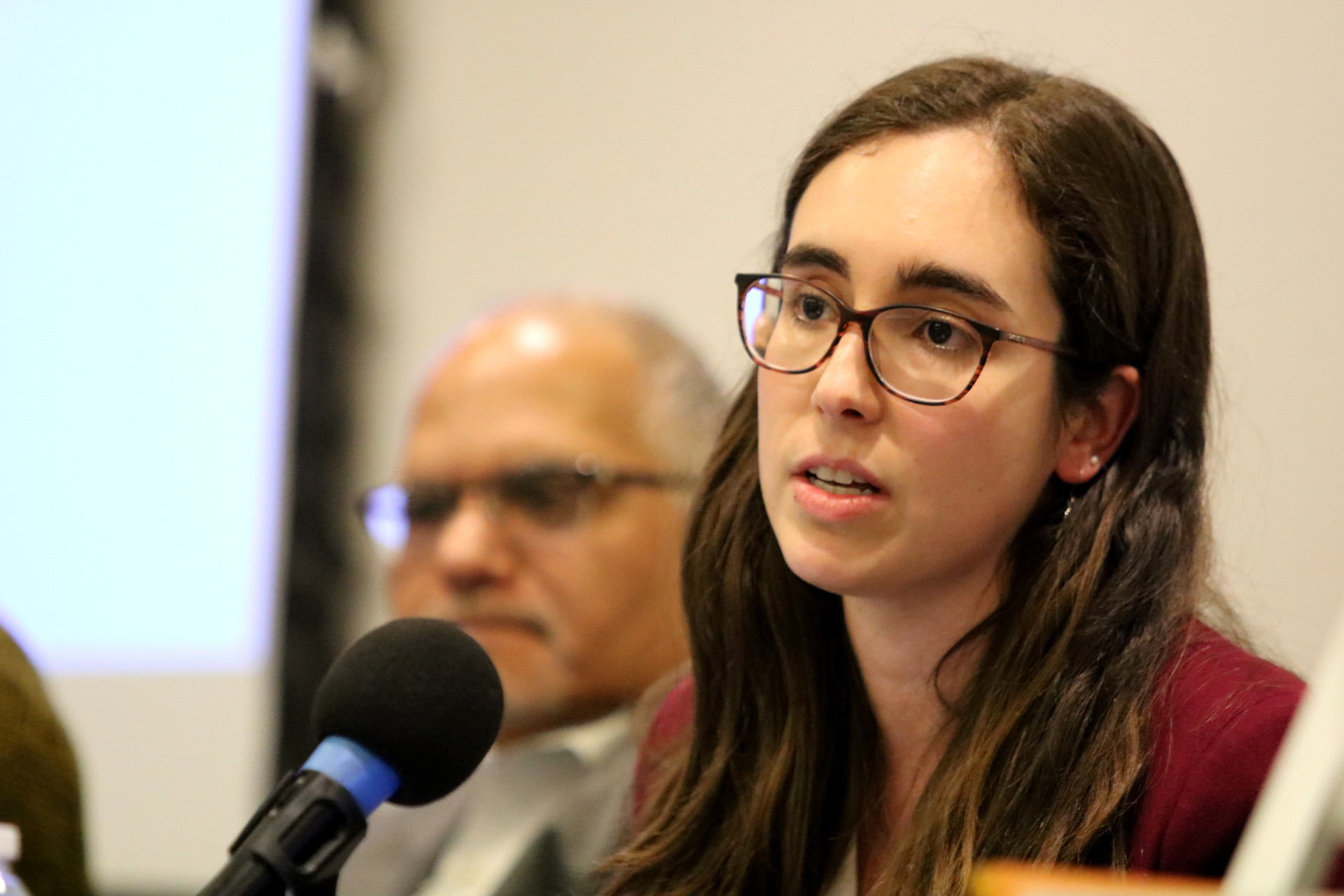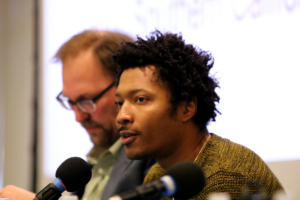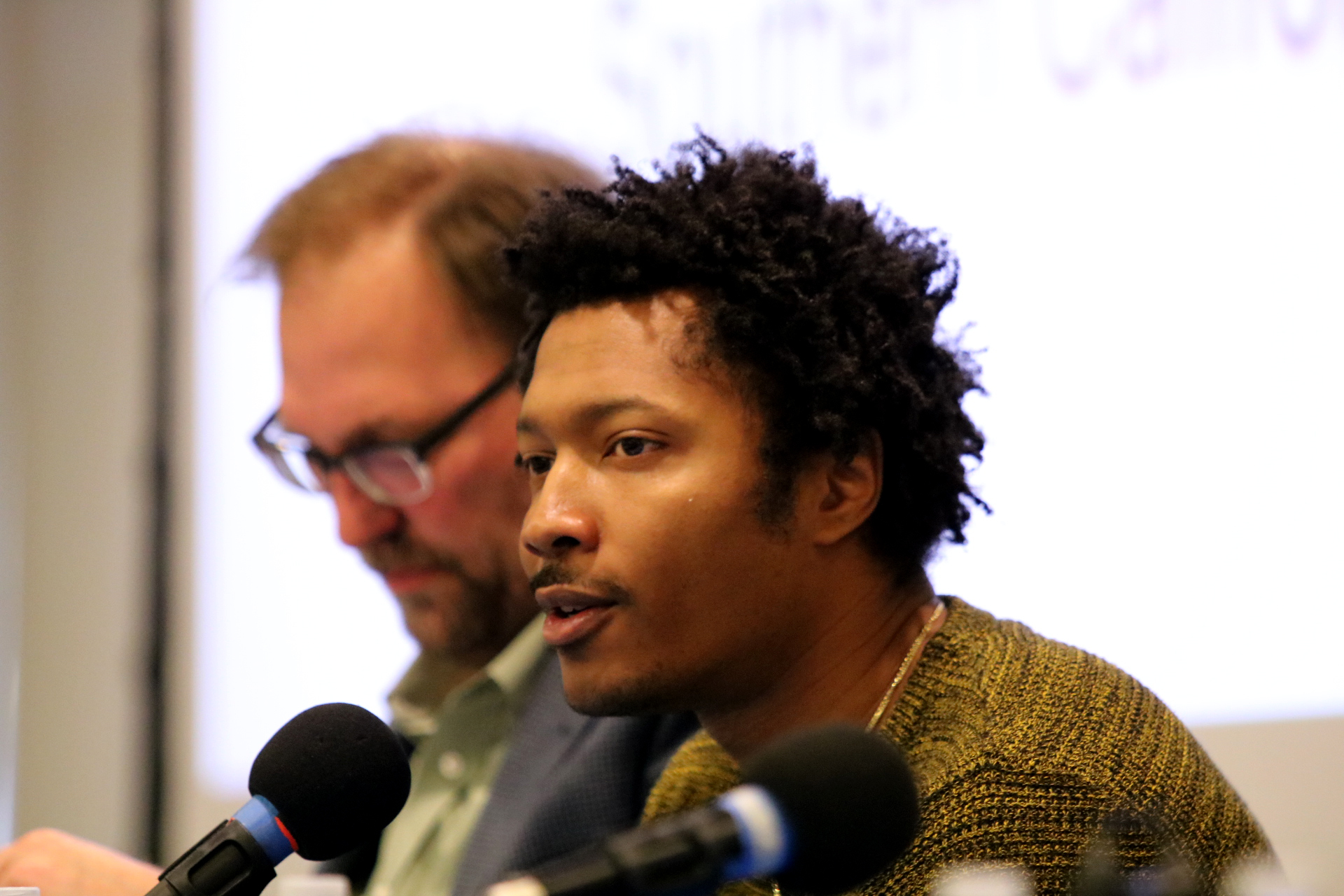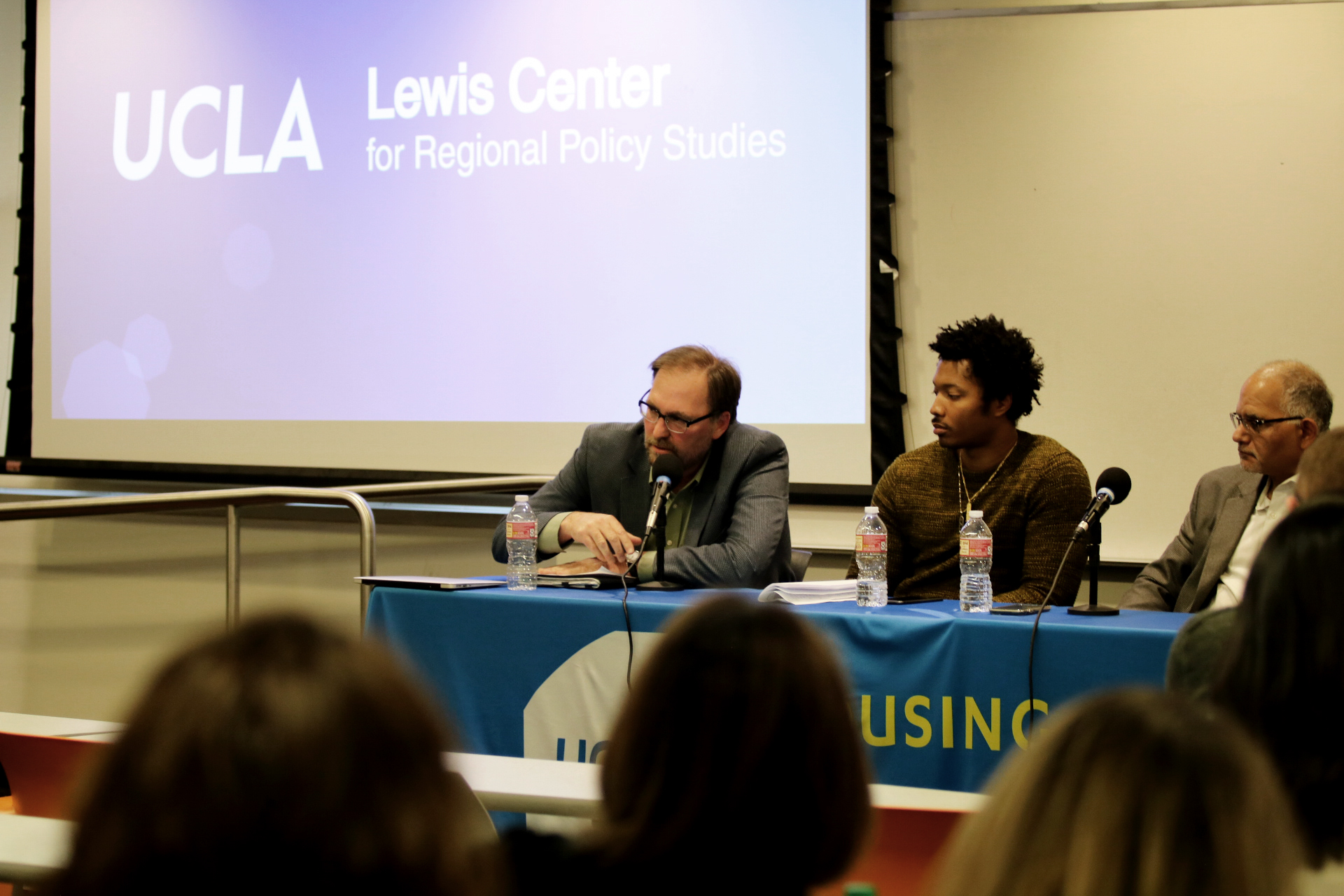In Support Fellowships, memorial funds and other support for UCLA Luskin students, faculty and research
PRITZKER FAMILY FOUNDATION SUPPORTS FELLOWSHIP IN OFFICE OF CHILD PROTECTION
For the past four years, UCLA Luskin has awarded a full-year fellowship to a hardworking student seeking to measurably improve child safety in Los Angeles County. Thanks to the generous support of the Anthony & Jeanne Pritzker Family Foundation, the Luskin School will offer this prestigious award again for the upcoming 2020-21 academic year.
“I leveraged the knowledge and skills gained at [the Office of Child Protection] to apply for doctoral programs in social welfare and have received three offers of admission — from UCLA, UC Berkeley and the University of Washington — to continue my studies and conduct research in child welfare,” said Anthony Gomez MSW ’20, who received the fellowship in the most recent year. “I would like to thank the Pritzker Foster Care Initiative for providing a fellowship that has served as the launching pad for the next chapter of my career.”Each year’s fellowship recipient is chosen through a competitive process. A staff and faculty committee evaluates applicants and coordinates interviews with staff from the Office of Child Protection to select the student who is best-qualified for the needs of the position.
BANK OF AMERICA SUPPORTS LATINO ECONOMIC MOBILITY
The Luskin School has received a $125,000 gift from Bank of America to support a social mobility and economic opportunity agenda for Latinos in California.
At nearly 18.5% of the national population, Latinos are a central engine in the growth of the American economy. Despite high rates of employment and entrepreneurial activity, Latinos own fewer homes and have smaller savings and significantly fewer investments than other ethnic groups in the United States.
The gift will be used by the Latino Policy & Politics Initiative (LPPI) to evaluate and identify scalable interventions and best practices across California. It will help expand mobility and opportunity through applied research under the direction of
LPPI faculty experts.
Award recipient Amy Zhou, left, with Astrid Beigel.
SUSTAINING DONOR HONORS FRIEND’S MEMORY
Astrid Beigel MA ’67, Ph.D. ’69 is a sustaining donor of the Julie Roque Award for Environmental Justice, a memorial fund that honors her longtime friend and former professor of urban planning, Julie Roque.
For over two decades, Beigel, who is an established leader in mental health services in Los Angeles, has been supporting the fund annually to keep Roque’s memory alive. The award provides funds to students whose research and community activities demonstrate an awareness of and commitment to environmental justice and pollution prevention, with an emphasis on social issues pertaining to communities of color, particularly Filipinos and Asian Americans.
This year’s recipient, urban planning student Amy Zhou, met with Beigel over lunch on campus prior to the “Safer at Home” order in Los Angeles and personally thanked her for giving back.
Jim and Judy Bergman are UCLA alumni who fund a mental health fellowship at UCLA Luskin.
GIFT FROM BERGMAN FAMILY CLOSES OUT CENTENNIAL CAMPAIGN
Jim and Judy Bergman, UCLA alumni and longtime supporters of the Luskin School, have made a generous gift to augment their existing Bergman Family Mental Health Fellowship in Social Welfare by utilizing the UCLA Chancellor’s Centennial Scholars Match Initiative.
Their endowed gift, which was matched at 50%, supports graduate students whose field of study is directed toward the improvement and advancement of programs and services for the mentally ill.
Approximately one in five adults in the United States suffers with mental health issues in any given year, with some of the Bergmans’ loved ones among them. In Los Angeles, concerns are growing around issues of homelessness, incarceration and use of emergency services among people with severe mental illnesses.
The Bergmans’ meaningful gift to UCLA Luskin closed out the Centennial Campaign for UCLA, one of the most ambitious fundraising campaigns ever by a public university. When it ended on Dec. 31, the university had raised a total of $5.49 billion and the Luskin School had exceeded its goal, raising over $74 million in gifts during the course of the campaign.
Barbara Yaroslavsky
BARBARA YAROSLAVSKY MEMORIAL FUND: AN UPDATE
When the Barbara Yaroslavsky Memorial Fund was established by Zev Yaroslavsky, it was an unprecedented campaign for the Luskin School. It has also turned out to be one of the most successful.
The campaign included additional support from friends and family to honor the legacy of advocacy and commitment to health care for all by Yaroslavsky’s late wife. The fund will support fellowships and internships for graduate students focusing on health and public health policy at UCLA Luskin.
“Barbara dedicated her life to the core belief that health care should be a right, not a privilege. She served on multiple state,
city and nonprofit boards in that quest,” Yaroslavsky said. “We believe that the most appropriate way to honor her memory is to support a new generation of students who will tirelessly pursue the goals and policies to which Barbara committed herself until
the very end of her life.”
So far, the Barbara Yaroslavsky campaign has raised more than $811,000 from individual donors and received an additional match of more than $400,000 from the university through the UCLA Chancellor’s Centennial Scholars Match Initiative.

